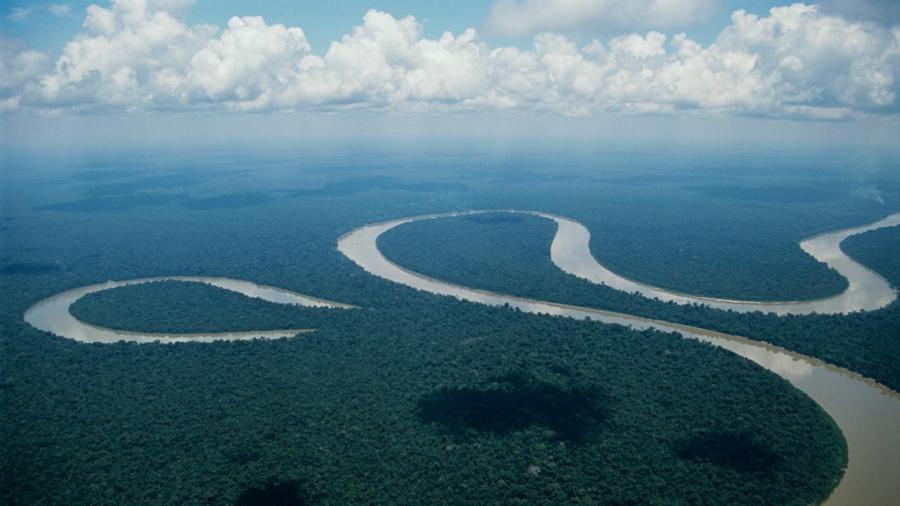How Does an Oxbow Lake Form?

An oxbow lake forms when a curve, or meander, in a river pinches shut. The river follows a new, shorter course and a lake forms beside the river.
Oxbow lakes form when a river has two curves, one bending away from the straight course and another bending back. The banks of the curves closest to one another – the concave banks – are prone to erosion from the force of water flowing against them. Over time, this erosion causes the curves to pinch together. The river now flows along a shorter, straighter course and an oxbow lake sits beside the river. Oxbow lakes form most often near the river’s confluence with a larger body of water and on low-lying plains.
Oxbows are stillwater lakes, meaning there is no inflow or outflow of water. Since no streams feed the lake and no water leaves, oxbows often become marshes or bogs and can even dry up entirely if water evaporates. Former oxbow lakes are excellent agricultural land. Both as lakes and as bogs, oxbows provide rich habitat for wildlife. Oxbows can also be formed due to human intervention. Engineers shortening the Mississippi River formed many oxbows lakes that later evaporated, creating fertile land for farming.





